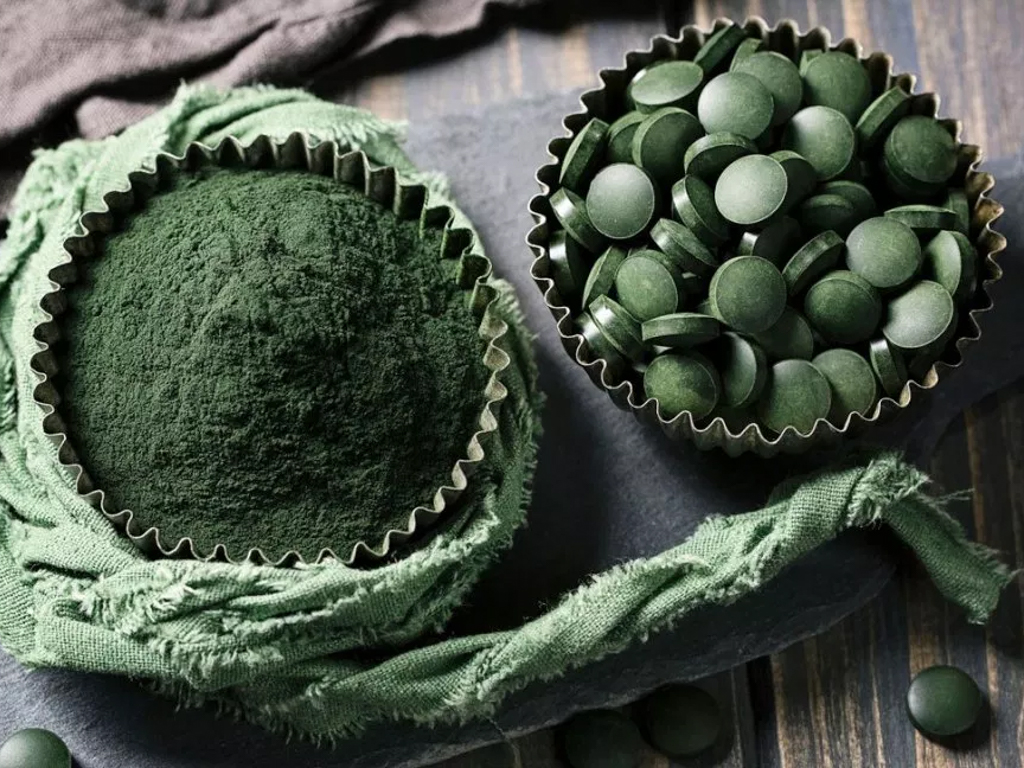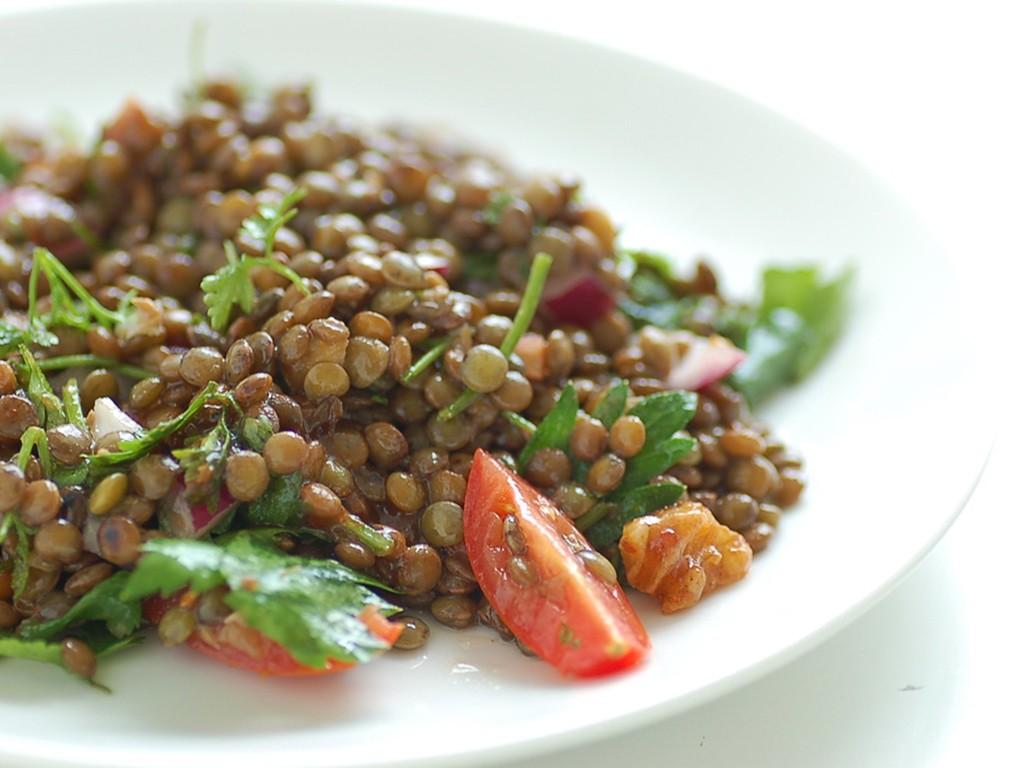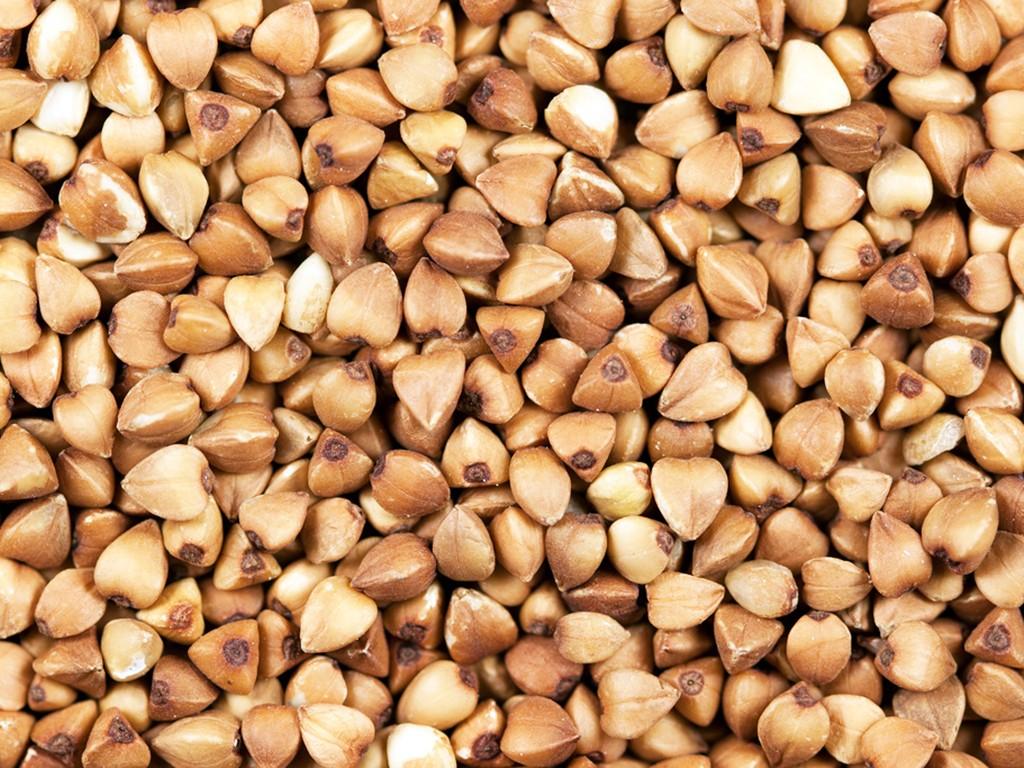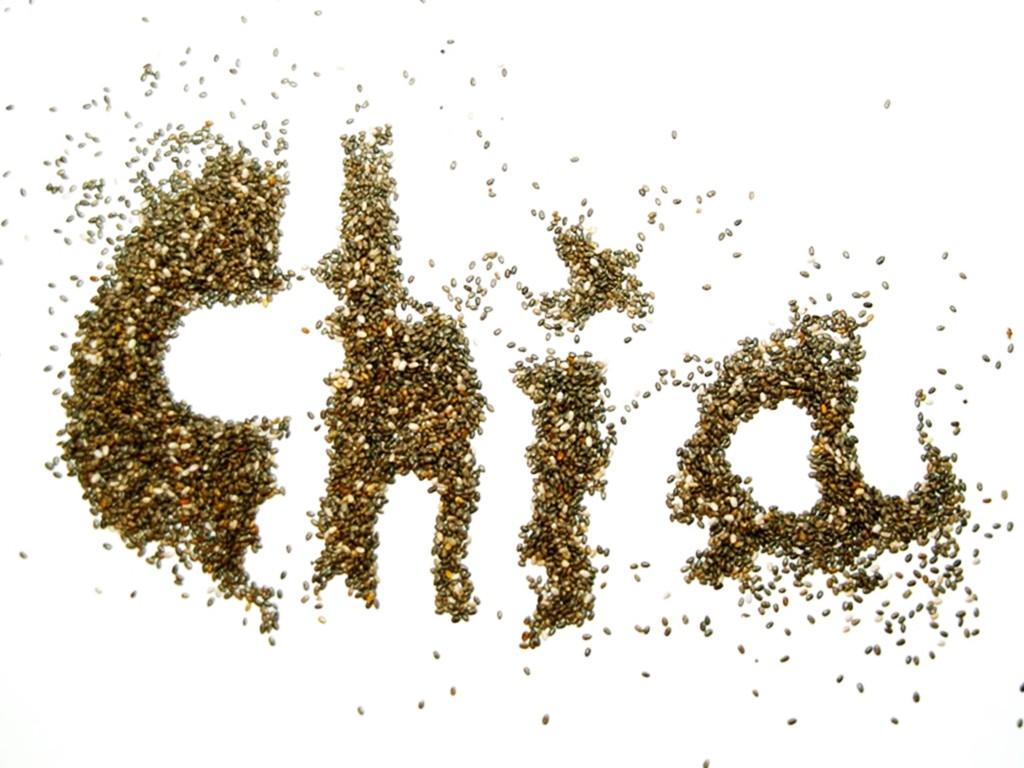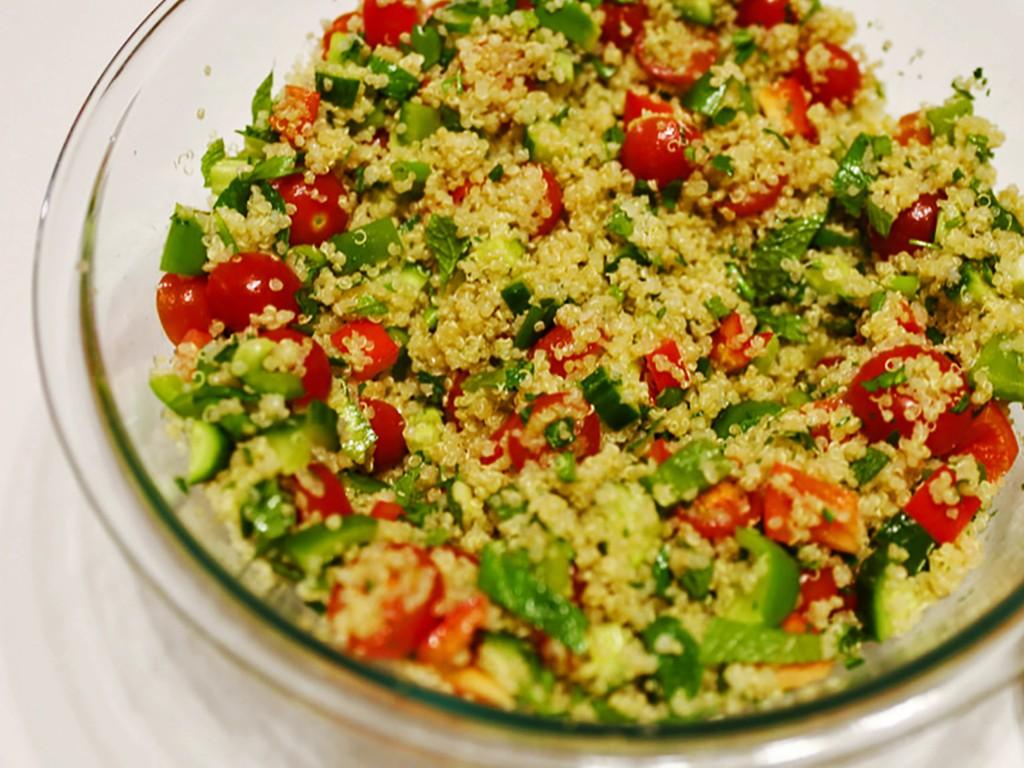5 Mins Read
One of the biggest challenges when following a plant-based diet is ensuring you get enough protein regularly. Turns out, it’s easy if you know where to look! Below we list the top ten healthiest plant-based protein sources for all you aspiring herbivores!
Spirulina (Dried)
64.4 grams of protein per cup
It’s hard to beat spirulina when it comes to plant based protein sources- which is why it tops our list! Add the powder to your smoothies and soups or throw the crunchy version to your granola or trail mix. Want to more about spirulina? Read this.
Hemp Seeds (Raw, Shelled)
60 grams of protein per cup
Another winner on the scale, hemp seeds are a complete protein source that packs a massive punch. The easiest way to include them into your diet is to make your own hemp milk- an ideal dairy alternative. In a high speed blender, mix 1 cup hemp seeds, 3 to 4 cups water, 1 tsp of salt and vanilla extract to taste- Keeps in the fridge for 4 to 5 days. Great for puddings, with your morning cereal or in coffee!
Almond Butter (Raw, Blended)
52.4 grams of protein per cup
This is the best plant-based protein for the laziest amongst us. There is literally no preparation involved (unless you make your own). Just slather onto fresh fruit and veggies slices or eat right off the spoon! And if hemp milk is not your thing, almond butter provides a great non dairy mylk shortcut: just mix 4 tablespoons with 3 cups of water in a high spend blender and voila! Nut mylk in under 5 minutes!
Lentils (Raw)
47.3 grams of protein per cup
Whether you get your lentil fix in the form of a bowl of dahl, the staple food of many Indians, or whether your tastes veer towards French Puy lentil salad, there’s no denying that these little round pulses have a pleasurably meaty and wholesome consistency that keeps you full for hours. For a more involved idea, why not try our lentil bolognese?
Black Beans (Raw, Dried)
41.9 grams of protein per cup
There are many types of bean legumes to choose from but there’s something about the texture of black beans that we can’t get enough of. We use them in veggie burger patties but our favorite thing to do with them is make black bean salsa. Mix cooked black beans with chopped mango, chopped cilantro/coriander, corn, red onion and avocado- this stuff is addictive though! It’s a great summer dip/side dish but be warned: this stuff is addictive!
Tempeh (Uncooked)
30.8 grams of protein per cup
We don’t consume a great deal of regular soy in our diet due to the phytoestrogen issue. Fermented soy foods are a whole other matter- they are packed with bio-active goodness. Tempeh, a traditionally Indonesian fermented soy bean cake, is an ideal solution for protein strips in a stirfry or as a patty for veggie burgers. Marinate with tamari (wheat-free soy sauce, another fermented soy food) before using for delicious results!
Pumpkin Seeds (Raw, Dried)
39 grams of protein per cup
Soaked and dehydrated or roasted in the oven, pumpkin seeds, AKA pepitas, can be added to every salad you can think of or slather them in your favourite spice mix (before roasting/dehydrating) with a dash of tamari and snack on them throughout the day! Yum!
Chia Seeds (Raw)
27.1 grams of protein per cup
Those of us who wish dessert was the main course of every meal have become fast friends with chia seeds. These tiny black seeds can be soaked in coconut milk overnight, which results in the most scrumptious breakfast pudding! Or snack! Or lunch! Flavour with the sweetener of your choice, – ratio: 1/3 cup chia seeds to 2 cups coconut milk (canned is fine, just make sure it’s BPA-free). Here is a more complete recipe with exact measurements.
Buckwheat (Raw Groats)
22.5 grams of protein per cup
A misnomer, buckwheat is actually completely unrelated to wheat (it’s part of the rhubarb family) and the groats are really small seeds. Soaked and dehydrated, the crunchy groats. Otherwise get yourself some 100% buckwheat soba noodles and use wherever you would wheat pasta- they are very absorbent though so make sure you have loads of sauce. Also cold cooked buckwheat noodles (Japanese soba) with tahini and chopped spring onions is an easy, refreshing lunch.
Quinoa (Uncooked)
14 grams of protein per cup
At this point, this famed Andean seed no longer needs an introduction. It’s culinary versatility is only matched by the sheer number of types of quinoa (literally hundreds). We use it instead of rice or couscous and as a booster for our green salads. If you are feeling a little more adventurous, try our much loved quinoa recipes including quinoa sushi.
Note: All nutrition figures from the USDA National Nutrient Database and My Fitness Pal.
Photo credit: Spirulina via photopin (license), Chia Seeds via photopin (license), Banh Mi Burger & Quinoa Tabbouleh via photopin (license), Buckwheat seeds via photopin (license) and green lentil salad with walnut dressing via photopin (license).
Lead image courtesy of Healthline.com.

